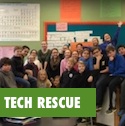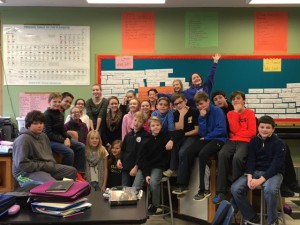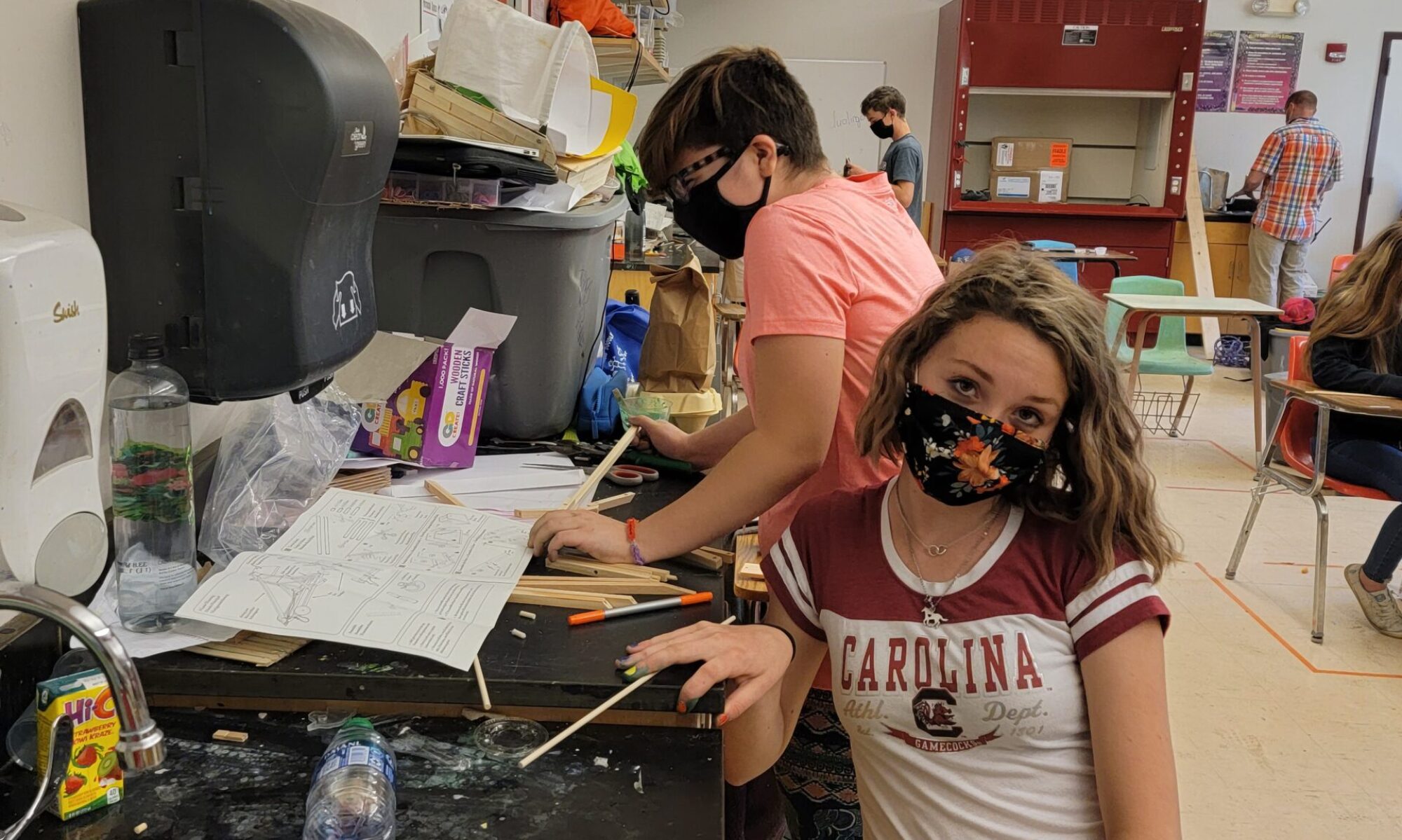Students create screencasts for student-led conferences
 Sixth graders at The Dorset School in southern Vermont are in their second year of working with Personal Learning Plans (PLPs). These exuberant adolescents have fond memories of one experience. Last year, these students were paired with teacher Amanda Thomas. Mid-way through the year of working with her students on PLPs, Mrs. Thomas realized that their PLP work was falling flat; she had to do more to involve them.
Sixth graders at The Dorset School in southern Vermont are in their second year of working with Personal Learning Plans (PLPs). These exuberant adolescents have fond memories of one experience. Last year, these students were paired with teacher Amanda Thomas. Mid-way through the year of working with her students on PLPs, Mrs. Thomas realized that their PLP work was falling flat; she had to do more to involve them.
Using Screencasting with PLPs
She noted,
“I wanted something fun and engaging for my students. Reflecting on their learning through a written response didn’t motivate my students. It was just something else to do. I wanted them to creatively share all of their learning and growth. I wanted their voice recorded to it so they could fully explain their learning.”
At this point, Mrs. Thomas chose to do something that many great middle school teachers do: she asked her students for input. “How do we make PLPs more fun and more exciting?”

As the class discussed adding images, videos, and audio, one particular student suggested screencasting.
This tech-savvy 5th grade boy explained the applications and use of the reflection tool, Screencast-o-matic, a Google Chrome App.
The fifth graders were immediately intrigued and interested in trying this tool with their PLPs. Later that week, the same student taught the class and his teacher how to use Screencast-o-matic.
The results were dramatic: there was instantly more investment, more engagement and more fun around the student PLP process.
A different mode of reflection creates engagement
Part of the appeal of screencasting is that students are involved in a different style of reflection. When speaking about the benefits, sixth grader Drew Engard said,
“You are able to be more interactive. You are able to keep practicing.”
Students can include images, video, and music to make the PLP reflect their own interests and passions. “You need to have pictures of what you like and pictures of your work,” one student said. Many students in the class reflected that the ability to do reflection with technology is preferable to pen and paper tasks. Most importantly, the ability to personalize is key for these kids. Student Calvin Parent said,
“Making the presentation is fun…you make your own colors and backgrounds. It was more interesting and you wanted to do it instead of doing what you would normally do.”
Screencasting to lower anxiety at student-led conferences
These sixth graders, like many in Vermont, participate in student-led conferences.
One common advantage these kids identified is that when they recorded screencasts, they felt more comfortable in their parent conferences. Students enjoyed the ability to practice, redo, and fix mistakes in a recording. Preparing a PLP reflection in screencasting format allowed these young adults to breathe a little easier in front of their parents and teachers.
As a parent, I find it surprising to learn that kids are nervous in front of us. But it was unanimously true that kids expressed anxiety around student-led conferences. According to them, having a recorded screencast made them feel safe, prepared, and comfortable.
What does a PLP screencast look like?
Listen to this presentation by Lou to understand her level of ease.
In this story, the teacher encouraged her students to have a voice in the process. Mrs. Thomas adeptly guessed that the key to PLP success was student involvement. Perhaps simply because she asked her students to contribute and have a voice in the process, “There was more investment and more buy in, ” says Thomas.
As schools move forward in PLP implementation, they should consider using screen casting for engaging students in reflection.


Screencasting as PLP reflection #vted https://t.co/BbMLMaooEW https://t.co/i7CluUXJxJ
Screencasting as PLP reflection https://t.co/w0HKX5NUGk via @innovativeEd
Screencasting as PLP reflection https://t.co/RG7O3tKOvB #vted
RT @VTEducare: Screencasting as PLP reflection https://t.co/w0HKX5NUGk via @innovativeEd
The Tarrant Institute for Innovative Education: engaging learners through innovative technology.. https://t.co/ZiHzAnMXv3 #Disrupt